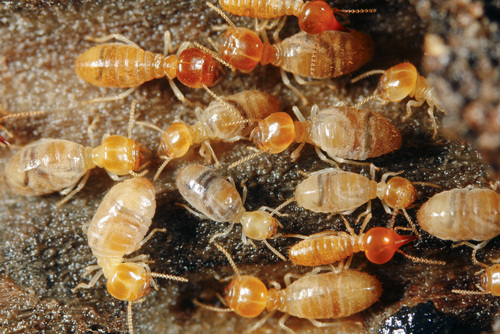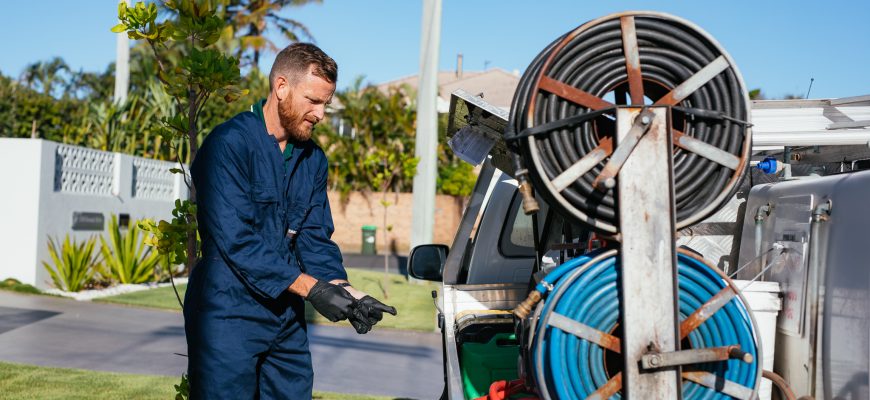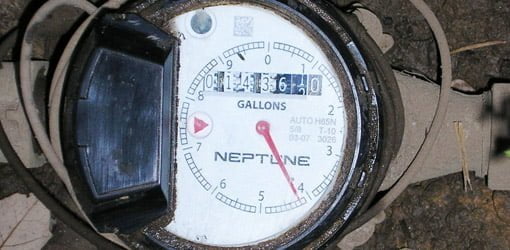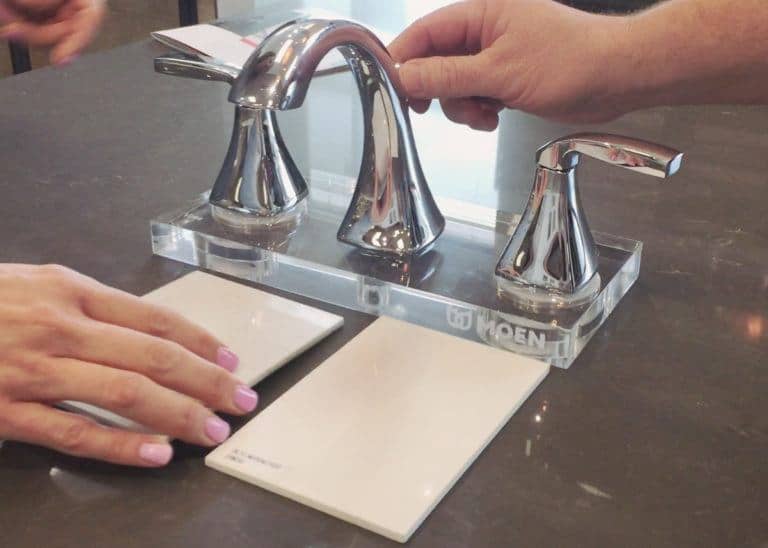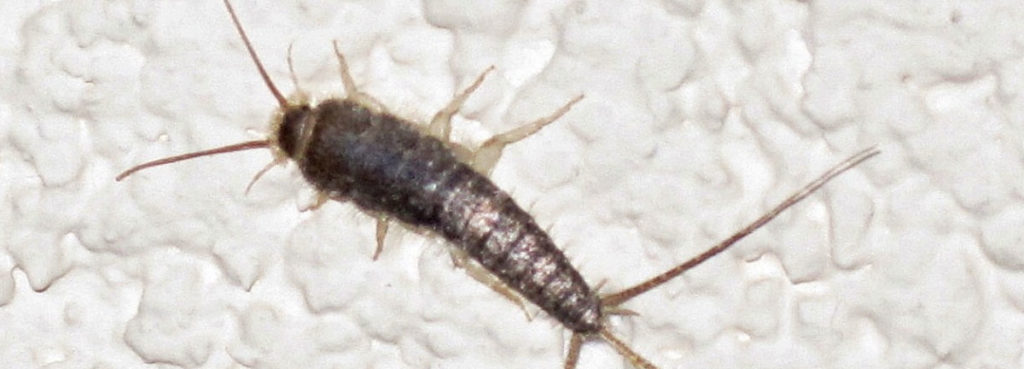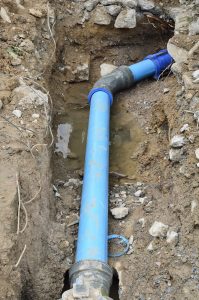Silverfish
Besides being a nuisance in your home, silverfish has destructive feeding habits. They can cause extensive problems by damaging valuable books, photographs, paintings, plaster and other household items containing starch or cellulose. This nocturnal and discreet pest which can cause an infestation to go unnoticed for a long period of time until substantial damages have been done. Silverfish can also survive in most environments, but thrive in conditions of high humidity and can often be found in dark, damp areas such as kitchens, bathrooms, basements and attics
Silverfish’s Usual Hiding Place
Kitchens or Bathroom- under sinks and kitchen cabinets
Laundry area – behind wallpaper, window or door frames
Storage areas – in storage boxes, bookcases, old stacks of newspapers and magazines
What Attracts Silversish?
Silverfish are attracted to damp areas with 75% – 95% humidity, hence it is recommended to reduce the humidity with dehumidifiers and fans. Seal cracks and crevices on walls, floors, and holes around pipes to deter silverfish’s entrance.
Effective Silverfish Treatment from Rentokil
At Rentokil, our experts are fully trained, licensed professionals with knowledge of the habits and lifecycle of silverfish. Our industry approved trainings enable us to treat and get rid of silverfish as effectively as possible.
We offer a range of solutions such as residual spraying that are highly targeted at the places that silverfish commonly hides we also have a range of effective solutions such as residual spraying that are highly targeted at the places that silverfish commonly hides

Home Pest Control: Silverfish Identification, Prevention, and Removal Tips
silverfish are small, wingless insects found throughout the U.S., often in residences. They are thought to be one of the oldest insects in existence. These bugs have been around for 400 million years, which is altogether 100 million years before the existence of dinosaurs. Although harmless to humans, silverfish can damage many starchy materials and items within the home. Learning how to prevent and get rid of silverfish is important information for all homeowners to know.
Silverfish infestations can be daunting because they reproduce quickly, can go for long periods without eating and come out only at night. Silverfish damage household items people don’t often look at or think about, like old books stored in basements and seasonal sweaters tucked away in the garage. This means an infestation can get worse over many months before a homeowner will notice. When the infestation is discovered, it can be hard to tell if remediation efforts are working. Worst of all, many traditional pest control poisons have no effect on silverfish.
How to Identify Silverfish
Silverfish are slender and lithe. They have a wide head and abdomen plus a narrow, pointed back end. They’re silvery gray, often shiny, and have six legs, which gives them a fragile and delicate appearance. Most people identify silverfish by their double antenna and three long appendages on the side of their bodies opposite their head. These three long appendages coming from the rear look like additional antennas.
Where Are Silverfish Commonly Found?
Silverfish can be found in many parts of the country and in different environments. However, silverfish are most commonly found in dark and damp locations. Inside a home, silverfish are found in basements, bathrooms, attics, garages and kitchens. Damp clothing and paper attract silverfish, so they’re often found in homes with a lot of clutter, starchy materials, and/or books.
Additional Silverfish Facts
Silverfish have some interesting adaptations, possibly because the species is so ancient. The following characteristics make silverfish different from many other species of insects.
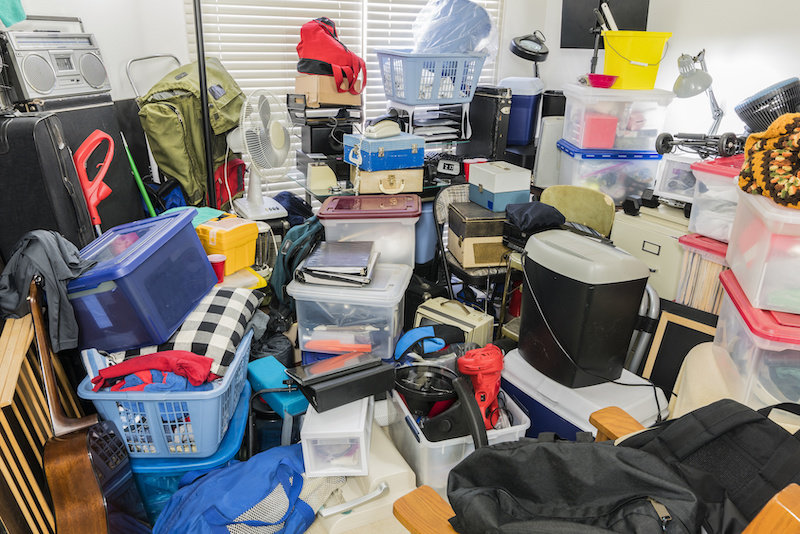
WHAT ATTRACTS SILVERFISH TO YOUR HOME?
Silverfish are fast-moving, nocturnal insects that have many of the same habits as cockroaches. Like cockroaches, silverfish can trigger allergic reactions in some people, but are primarily nuisance pests that don’t bite and are not likely to spread pathogens that cause disease. However, they can contaminate food, damage paper goods and stain clothing, so you definitely don’t want them hanging around your home
What are silverfish?
As their name suggests, silverfish are (typically) silver or gray insects. The wingless adults are about one-half of an inch to an inch in length and their flat bodies help them to slip easily into crevices.
Moisture
Silverfish are sensitive to moisture and need high levels of humidity (above 75 percent) to survive, so they’re attracted to humid, damp conditions. You can find often find silverfish in bathrooms, kitchens, laundry rooms, garages and cabinets. They can stray out of high humidity areas for a short period of time, but in general, they need higher humidity.
Warm, dark places
Silverfish typically prefer dark hiding places with temperatures between 70–90 degrees.
Carbohydrates and protein
Silverfish eat carbohydrates like flour, rolled oats and starches in cardboard boxes, paper, book bindings, glue and insulation. They also eat protein, such as dried beef and dead insects.

Tips To Avoid Silverfish
“Why would anyone want to get rid of slimy bugs?” said no one, ever. Let’s be honest. Silverfish are gross. Whether you’re seeing one every once in awhile, or you’re finding them in your hair when you wake up, sitting on your toothbrush when you get ready for the day, or in startling places when you turn lights on in your home, these are definitely a bothersome pest. So, how can you avoid having silverfish in your home? There are really only two ways to avoid silverfish. Here’s what you need to know.
Remove Moisture
When you find silverfish in your home, it is usually because you have holes that have developed because of water damage–not always, but usually. This is because silverfish are a moisture pest. Therefore, addressing moisture issues and sealing those holes will go a long way to stopping your silverfish problem.
Remove Entry Points
Every home has holes. But not every home that has holes has silverfish.If the foundation around your home is clear of weeds and mostly dry, you’ll have fewer silverfish up next to your foundation walls. When you have fewer silverfish near your walls, you have fewer silverfish looking for a way to get in.
Once water issues are dealt with, it is time to seal things up. Do a detailed inspection of your exterior walls and seal any holes you find. Remember that silverfish are tiny insects. You’ll need to pay close attention to the seal around windows, pipes, utilities, and vents. If you don’t have the money to fix things properly, use a caulking gun for a temporary fix
Still Having Issues?
The above suggestions are not always easy to implement. Every home is different, and every home presents different challenges. You may have shaded areas that prevent rainwater from drying up quickly after it rains. You may have moisture or wetness issues because of other reasons. And, sealing tiny holes is often problematic. That is why many homeowners seek the assistance of a professional pest control company like American Pest. One of our educated and certified pest professionals will create conditions in your yard and on your property that will directly address pest pressures, so fewer Silverfish are able to find tiny holes in your defenses. Contact us today to get your pest control plan in place.
Silverfish; The Good, The Bad And The Ugly
Sometimes silver fish are good.
You walk into the home of a friend and see a large aquarium in the corner. Soft light filters through the water onto the colorful stones and castles and various plants. Then there is a flash of silver. Lots of flashes. See, your friend is an avid aquarist and he has discovered the beauty of the Silver Dollar fish. He has several of these oval fish swimming together in a “school,” and they are quite pretty.
Sometimes silverfish are bad.
You walk into the bathroom in your friend’s house and see a large jetted tub in the corner. Soft light filters in through the stained glass windows and plays upon the beautiful bathroom fixtures. But then you see a silverfish, two silverfish, three! They are coming out from underneath the tub. Startled, you quickly turn on your heel and get out of there as fast as you can. Did your friend’s beautiful aquarium fish somehow escape to the bathroom? No, these are a different kind of silverfish altogether
Facts about silverfish:
These silverfish are not actually fish at all. They are a wingless insect that is silver in color and about ¾ of an inch long. They are thick at the front and have tapering bodies that are shaped like a teardrop.
Silverfish are capable of scaling walls and ceilings, so it is possible for them to drop on you.
These creatures prefer to live in dark, damp places and can live for a long time, sometimes up to 8 years.
Silverfish prefer foods that are high in starches, proteins, and sugars and, if inside a home, can often be found feeding on fabrics, paper, wallpaper, vegetables, pasta, sugar, toothpaste, cardboard, or even dead insects.
Silverfish can live for several months without eating anything.
A female silverfish can produce up to 20 eggs in one day, which she will deposit into protected areas like cracks and crevices.
Silverfish can be extremely hard to kill. They have a high tolerance to insect control products.
These insects are mostly active at night, so they can sometimes go for long periods, multiplying, without being detected.
If left untreated, they can multiply, increasing the chances that they will contaminate food and damage items in your home.
Is it possible to prevent silverfish from invading?
Keeping your house free of food particles may help in keeping silverfish at bay.
Drying out your house by using fans and dehumidifier will also deter silverfish from staying since they thrive in moist environments.Repairing any leaky pipes, sinks, toilets or tubs will also remove sources of moisture that attract silverfish.
Employing a professional pest control company will definitely keep silverfish out.
The professionals here at American Pest enjoy a beautiful aquarium filled with lovely silver colored fish just as much as anyone. But, if you have the kind of silverfish that are ugly and make people run out of your bathroom in disgust, we can help! With the latest up-to-date knowledge and equipment, and you can rest assured that American Pest can take care of silverfish, or any other household pest you may be dealing with in.
